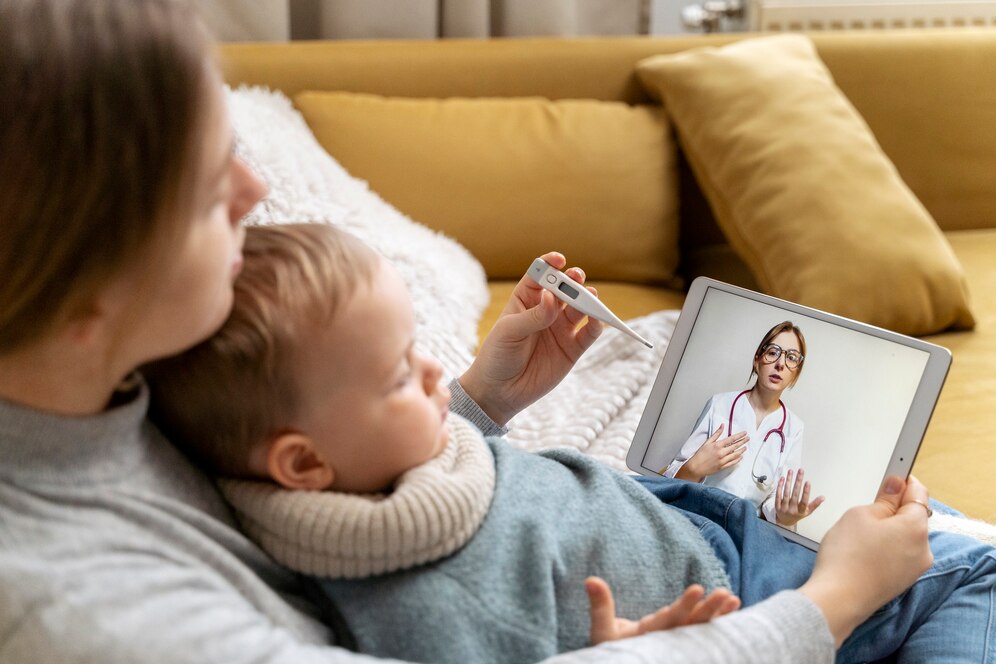Digital Exposure: Setting Healthy Limits for Young Children

In today’s digital age, screens are an integral part of daily life. While technology can offer educational benefits, it also presents challenges, especially for young children.Read More
Understanding the Risks of Excessive Screen Time
Research indicates that excessive screen time can lead to various issues, including developmental delays, sleep problems, and behavioral challenges. Young children are particularly vulnerable as their brains are rapidly developing. Therefore, it is essential to understand the potential risks associated with overexposure to screens. The American Academy of Pediatrics (AAP) recommends that children aged 2 to 5 should have no more than one hour of high-quality programming each day. For children younger than 18 months, it’s best to avoid the use of screen media other than video chatting.
Establishing Clear Guidelines
To set healthy limits, establish clear guidelines for screen time usage. Consider implementing the following strategies:
- Create a Schedule: Set specific times for screen use that align with your family’s routine. For instance, you might designate certain days for educational programs and others for recreational use. Having a predictable schedule helps children understand when they can expect to use screens and encourages them to engage in other activities during non-screen times.
- Involve Your Child in the Process: Engage your child in discussions about screen time. Explain the importance of balancing digital exposure with other activities. By involving them in setting limits, children are more likely to understand and accept the rules. Ask for their input on what activities they enjoy outside of screens, fostering a sense of autonomy.
- Set Content Standards: Quality matters when it comes to digital content. Choose age-appropriate, educational programs that align with your child’s interests. Watching together can enhance their learning experience and provide opportunities for discussions about what they see. This shared experience also helps you monitor what they are consuming.
Encourage Alternative Activities
To reduce reliance on screens, encourage your child to engage in alternative activities that stimulate their creativity and physical development. Here are some ideas:
- Outdoor Play: Encourage outdoor activities such as playing in the park, riding bikes, or engaging in sports. Physical activity promotes health and provides essential opportunities for social interaction.
- Arts and Crafts: Offer various art supplies to spark creativity. Activities like drawing, painting, and crafting not only allow children to express themselves but also enhance fine motor skills.
- Reading Together: Cultivate a love for reading by sharing books with your child. Establish a daily reading routine where you can explore different genres and topics together.
Monitor and Adjust
As your child grows, their needs and interests will change. Regularly monitor their screen time and evaluate the effectiveness of your established limits. Adjust guidelines as necessary to reflect their developmental stage, changing interests, and social dynamics. Open communication is key—encourage your child to share their feelings about screen time and any challenges they might face.
Conclusion
Setting healthy limits for digital exposure is vital for fostering balanced development in young children. By establishing clear guidelines, encouraging alternative activities, and regularly monitoring screen time, parents can ensure that technology serves as a beneficial tool rather than a hindrance. With thoughtful consideration and proactive strategies, we can help our children navigate the digital world while supporting their overall well-being.
Related Posts

Supporting Maternal Health and Well-Being: Therapy Dublin

Starting a Business in Fertility Health: Company Formation Agent Ireland


